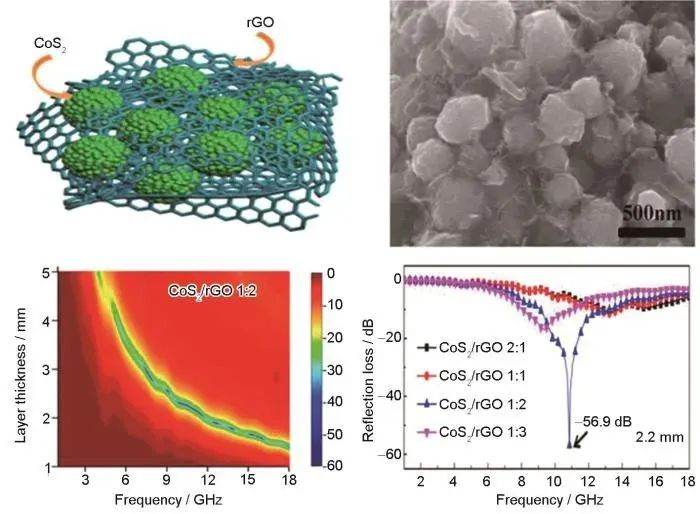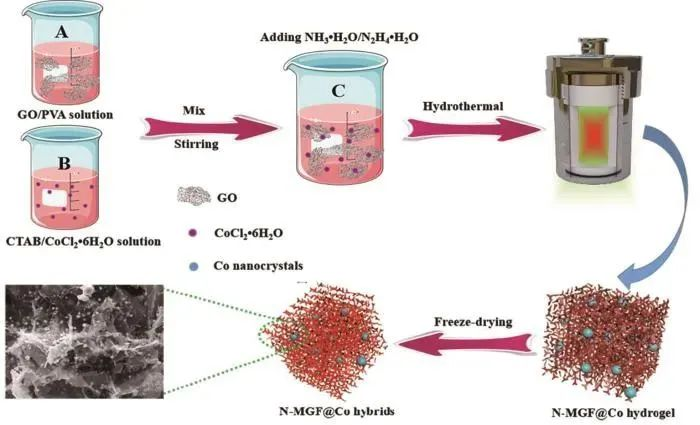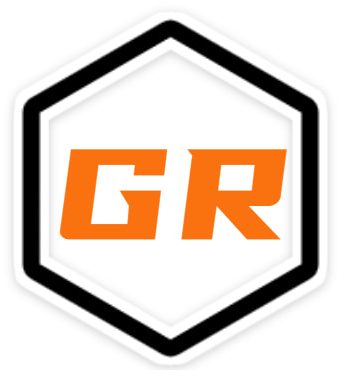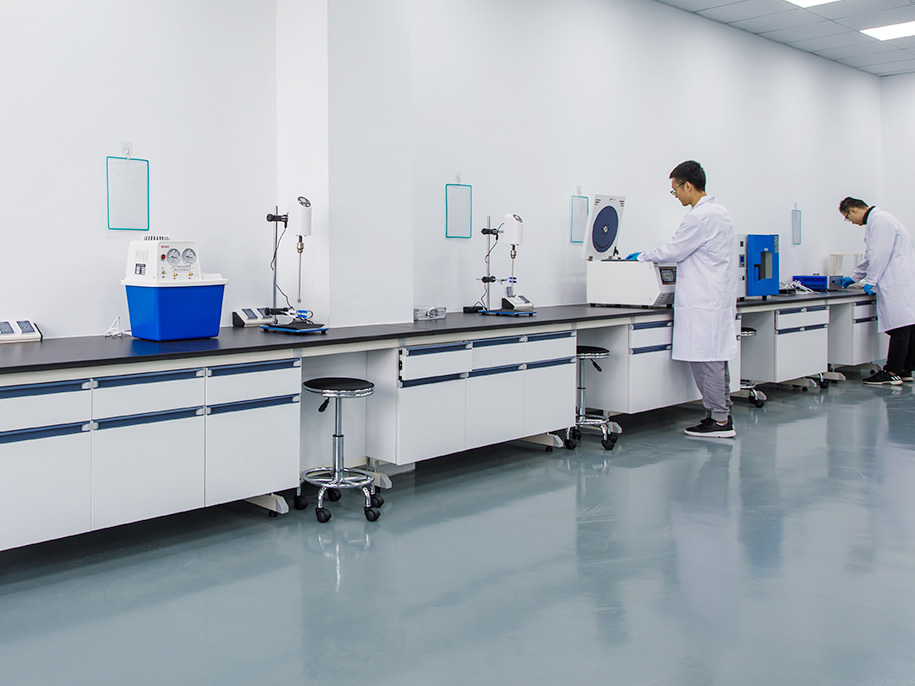Research Progress of Graphene-Based Wave-Absorbing Composite Materials
The rapid development of electronic information technology has intensified the issues of electromagnetic pollution and interference, making the development of wave-absorbing materials with comprehensive properties of “broad, thin, light, and strong” particularly important. Graphene materials, known for their light weight, high conductivity, large specific surface area, and strong dielectric loss, present unique advantages.
However, they suffer from poor impedance matching and singular loss mechanisms. Introducing heterogeneous element doping or morphological structure design can effectively improve their impedance mismatch issues. This article, based on the theory of electromagnetic wave absorption, elaborates on the research progress of graphene-based wave-absorbing composite materials of different dimensions, discussing in detail their performance and absorption mechanisms. Additionally, the article addresses some current research deficiencies in the field of graphene wave-absorbing materials and forecasts future research directions and development prospects for graphene-based wave-absorbing materials.
Highlights from Research

Figure 1: Structure and Performance of CoS2/rGO Nanohybrids

Figure 2: Preparation Process of 3D Magnetic Graphene Foam Composites
Summary
In recent years, researchers have made significant strides in the study of graphene-based wave-absorbing materials. Despite these advancements, the design and preparation of high-performance, multifunctional graphene-based composite absorbing materials remain a focal point and challenge for future research. The future development of wave-absorbing materials will mainly focus on the following aspects:
- Intelligent Design: Materials that can adjust their structure according to external environmental changes to optimize their electromagnetic properties in response to the environment.
- Integration of Structure and Function: Using computer technology to simulate and design fibrous, honeycomb, or cluster-shaped absorbing materials, aiming to reduce material density while broadening the absorption bandwidth and developing new nano-composite materials with multiple functions such as absorption and load-bearing.
- Multi-Spectral Compatibility: Designing materials that can absorb across multiple bands, enhancing their ability to be recognized by advanced detection systems.
- Low-Dimensional Form Design: Developing low-dimensional materials such as nanoparticles, nanofibers, and particle films, which have broad absorption bands, good compatibility, strong absorption, and light weight, showing great potential for future development.
Source: Graphene Alliance
This text provides a comprehensive overview of the current progress and future directions in the field of graphene-based wave-absorbing composite materials, emphasizing the need for innovative designs and multifunctional applications. The inclusion of specific figures and examples highlights the practical advancements and ongoing challenges in this research area.

